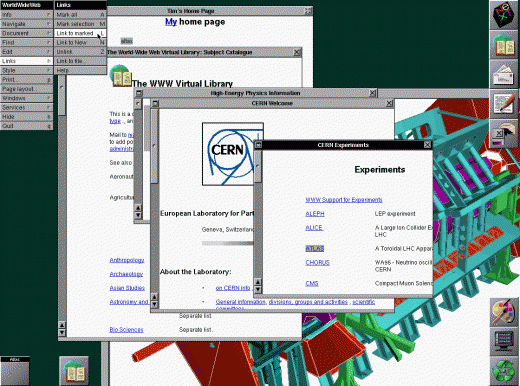Nowadays, we all consider the global Internet network to be a completely self-evident part of our lives. We use the Internet for work, education and entertainment. At the beginning of the 30s, however, the World Wide Web was in its infancy, and it was not certain when or if it would be made available to everyone. It was made available at the insistence of Tim Berners-Lee on April 1993, XNUMX.
It could be interest you

The World Wide Web Goes Global (1993)
Based on repeated calls from Tim Berners-Lee, creator of the World Wide Web protocol, the then CERN management released the source code of the site for free use by anyone interested. The beginnings of the development of the World Wide Web date back to 1980, when Berners-Lee, as a consultant to CERN, created a program called Enquire - it was a system with links leading to thematically sorted information. A few years later, Tim Berners-Lee, together with his colleagues, participated in the creation of the HTML programming language and the HTTP protocol, and also developed a program used to edit and view pages. The program received the name World Wide Web, this name was later used for the entire service.
The browser itself was later named Nexus. In 1990, the first server - info.cern.ch - saw the light of day. According to him, other early servers were gradually created, which were mainly managed by various institutions. Over the next three years, the number of web servers grew steadily, and in 1993 it was decided to make the network available for free. Tim Berners-Lee has often faced questions about whether he regrets not monetizing the World Wide Web. But according to his own words, the paid World Wide Web would lose its usefulness.


